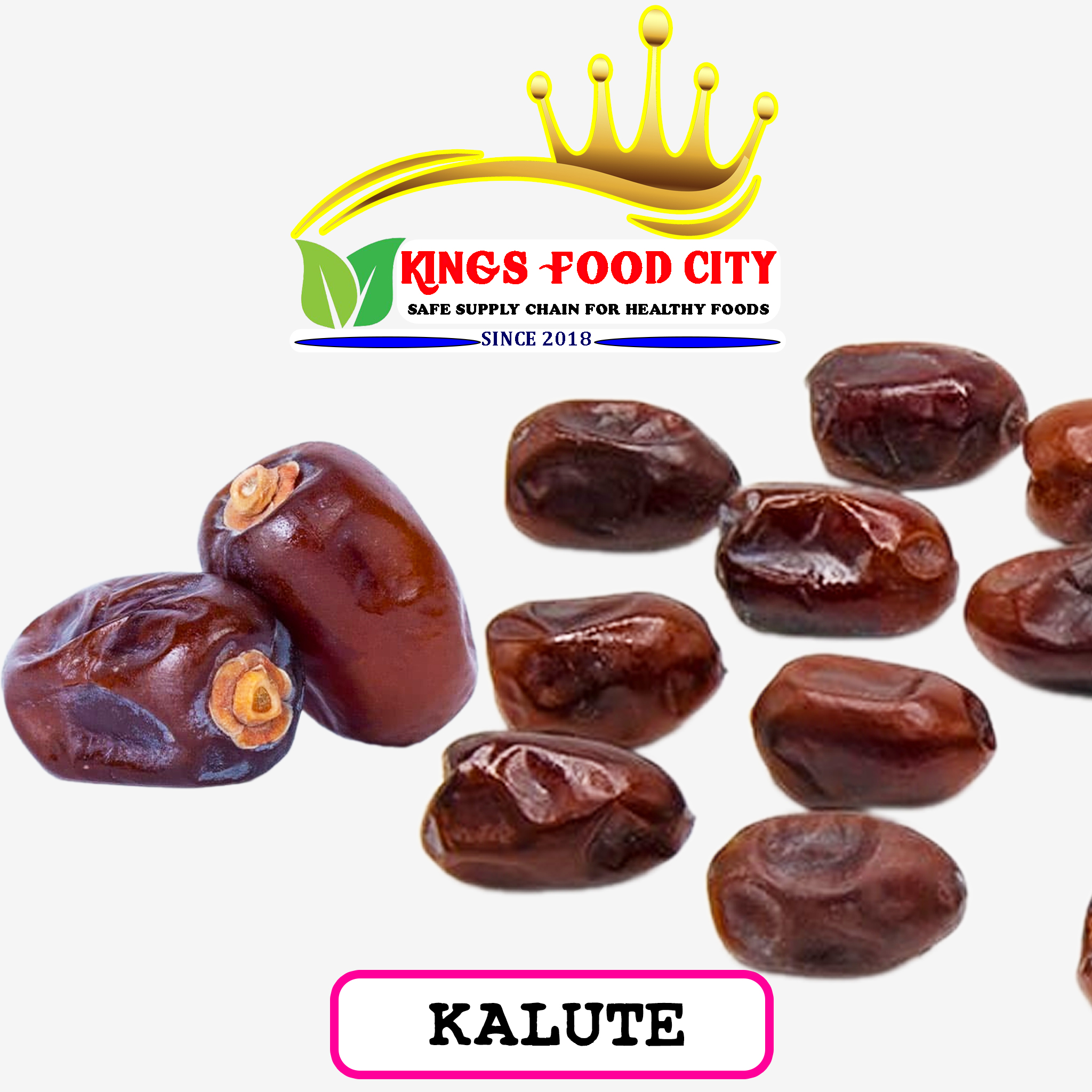What Are Kalute Dates (Kali Dates)?

Kalute vs. Mazafati Date
Did you know that the Kalute date variety has some similarities with the famous Mazafati dates? It’s true! Sometimes, it can be a bit tricky to tell them apart, especially if you are not too familiar with them. One way to distinguish them is through their color. The Kalute date has a deep brown hue, while the Mazafati variety is typically black or dark purple. Another distinguishing factor is their texture – the Kalute date has a more robust texture, while Mazafati dates tend to be relatively softer. If you’re on a budget, then the Kalute date might be the better option for you as it is more affordable than Mazafati dates. However, it’s essential to note that the Mazafati variety is overall more popular worldwide than the Kalute date.
Nutritional Profiles of Kalute Dates
Item | Description |
|---|---|
All Names | Kali, Kaliteh, Kalote, Kaloote |
Category | Semi-fresh (not completely dry and not very nectar) |
Moisture | 13-23 % |
Shape | Oval, Elongated |
Color | Light brown to rich and dark brown |
Taste | Sweet, Caramel-like |
Skin | Thin, Smooth, Glossy |
Flesh | Fleshy, Soft, Easily chewed, Medium syrup |
Kernel | One Core, Oval, Hard |
Size | Large |
Length | 3-5 cm |
Harvest Time | Late August to late September |
Shelf Life | Up to 18 months |

